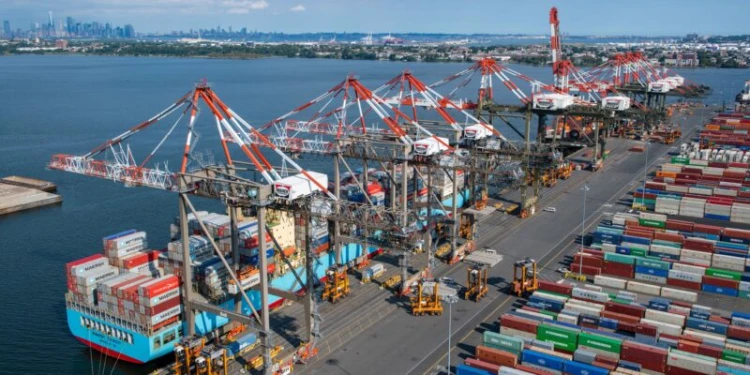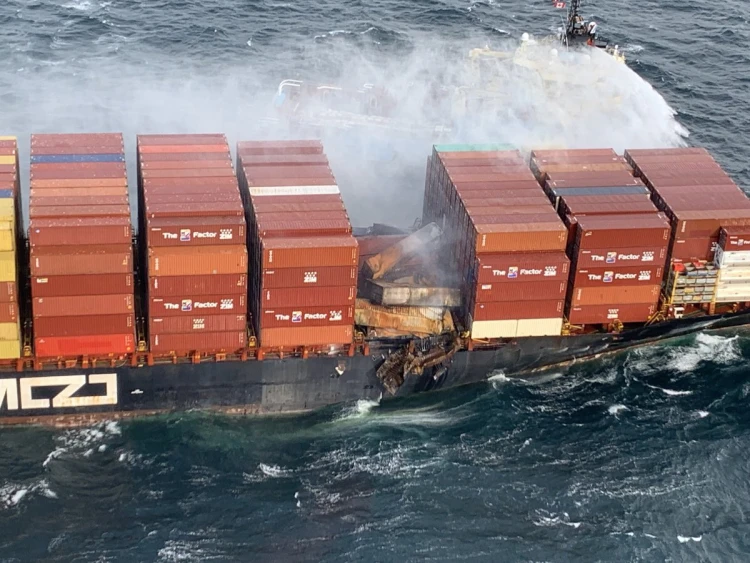Are US supply chain problems over?
Tuesday, 01 November 2022
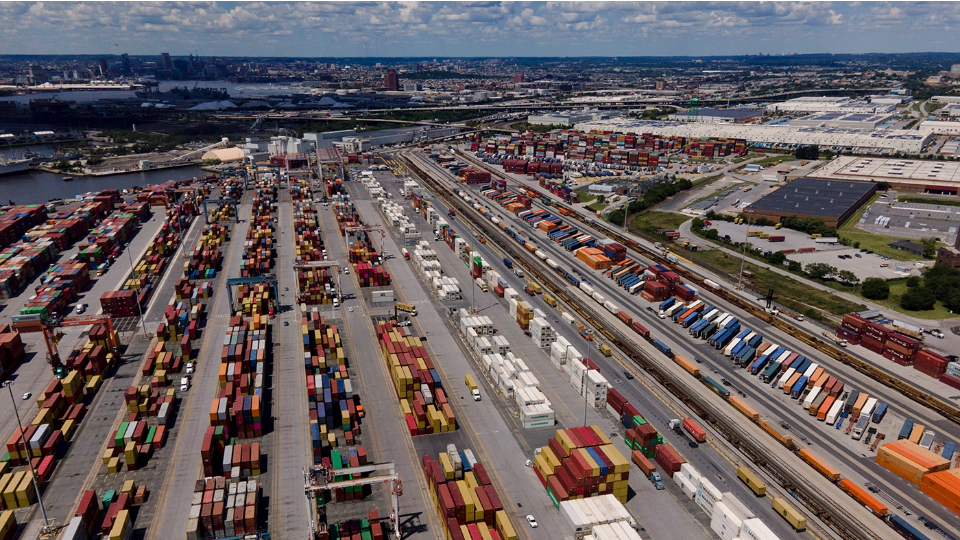
Snarled supply chains that helped fuel red-hot inflation are slowly disentangling, offering hope for relief for cash-strapped consumers. But the U.S. faces geopolitical tensions, a shortage of truck drivers and a potential railroad strike that all endanger recent progress.
The New York Federal Reserve’s global supply chain pressure index soared to an all-time high in December 2021 and remained elevated for much of this year before plummeting in recent months, reaching its lowest level in nearly two years last month.
The coronavirus pandemic initially shut down major economies, leaving companies understaffed and unprepared for the explosion of demand that followed, making products scarcer and more expensive. Soaring inflation is now forcing consumers to spend less, slowing demand and helping supply chains recover.
“There’s been a positive recovery. But we are never going to go back to the levels of stability that we used to have before COVID,” said Sergio Gutierrez, CEO of freight logistics firm RPM. Global shipping container prices, a key indicator of supply chain chaos, have fallen 70 percent from their record high last year, according to freight services company Freightos.
While products are reaching American shores on time more often, companies are having trouble moving goods within the U.S. due to limited trucking and freight rail capacity.
Those snags have helped drive up the cost of food, which rose 13 percent annually, and other key goods. A June study from San Francisco’s Federal Reserve found that historic inflation “will not completely subside until labor shortages, production constraints, and shipping delays are resolved.” Trucking, freight rail struggles
MORE NEWS : PIL introduces intermodal solutions
Logistics experts say that long-haul trucking and freight rail still can’t keep pace with demand for shipments, in large part because the industries don’t have enough workers.
The American Trucking Associations said Tuesday that the industry faces a shortage of 78,000 drivers, down slightly from the 81,000 peak from last year. With truck drivers trending older, the shortfall could balloon to 160,000 by next decade.
“The good news is rising pay and other factors have helped the industry attract new drivers,” Bob Costello, the trucking trade group’s chief economist, said in a statement. “However, that influx is still not enough to make a substantive difference in the shortage — particularly in the long-haul, for-hire truckload sector, the part of the industry most acutely impacted by the shortage.”
Railroads, which carry nearly one-third of U.S. freight, laid off nearly 30 percent of their workforce in the years leading up to the recent surge in demand. That’s led to persistent delays for shipments of fresh food, fuel, fertilizer, car parts and industrial chemicals.
Meanwhile, the supply chain faces the threat of a nationwide rail shutdown in November if contract negotiations between railroads and their workers unravel.
The Biden administration helped mediate a tentative deal to avert a strike last month, but it’s unclear whether workers who are upset by harsh schedules and the lack of sick time will vote to approve it. Just six of the 12 rail unions have ratified new contracts, and workers at two unions recently voted down tentative deals, raising the risk of a walkout.
The Association of American Railroads estimates that a rail shutdown could cost the U.S. economy $2 billion per day and strand huge quantities of products that wouldn’t have any other way to reach their destination.
“We’re not in the normal course of business where there’s any excess capacity left,” said Bindiya Vakil, CEO of supply chain mapping firm Resilinc, which estimates 169,000 U.S. manufacturing and distribution sites that account for nearly 400,000 products are at risk.
“We’re 80,000 truck drivers short. And so you can’t just get a bunch of people and say, ‘Go drive a truck.’ This takes time. This is skilled labor, specialized people, and there’s a lot of trust needed because this cargo is really valuable,” she added.
MORE NEWS : Carrier complaints stack up at the Federal Maritime Commission
Even barges, a relatively reliable mode of transportation in recent years, currently cannot travel through the Mississippi River due to droughts that have lowered water levels. They typically carry 13 percent of U.S. grain though the key channel, putting more pressure on food prices.
Global tensions add more uncertainty
Russia’s invasion of Ukraine rattled supply chains, disrupting access to fuel, grain and fertilizer and driving up prices.
Now businesses are keeping a close eye on increasingly hostile relations between the U.S. and China, two major connectors for global supply chains. An escalation of the U.S.-China trade war presents a huge danger to the world economy, and a Chinese invasion of Taiwan would be catastrophic, experts say.
While large multinational companies are attempting to diversify their supply chains and become less reliant on Chinese-made goods — Apple has shifted some of its iPhone production from China to India — the “decoupling” process is expensive and time consuming.
“It’s probably very, very rare to find an industry where there’s no dependency on China at all, just because somewhere along the chain, they’re going to be making some part of your components,” said Gerard DiPippo, a senior fellow at the Center for Strategic and International Studies and former Chinese economy analyst at the CIA.
Here are the 10 biggest donors in the midterm elections
Retailers predict record holiday sales amid historic inflation
The Biden administration earlier this month announced rules aimed at blocking China from accessing advanced microchips designed or manufactured by U.S. firms, prompting fears that Beijing will retaliate with its own export controls or trade restrictions.
“Challenges to our supply chains will become the rule, not the exception,” Volkswagen CEO Oliver Blume said on an earnings call Friday, citing geopolitical tensions and growing barriers to technology transfers between rival superpowers.
China’s COVID-19 lockdowns have shown just how important the nation is to the global supply chain. Prolonged pandemic restrictions in Shanghai earlier this year created a massive bottleneck, stranding hundreds of ships and causing containers to pile up at ports.
Source : thehill.com
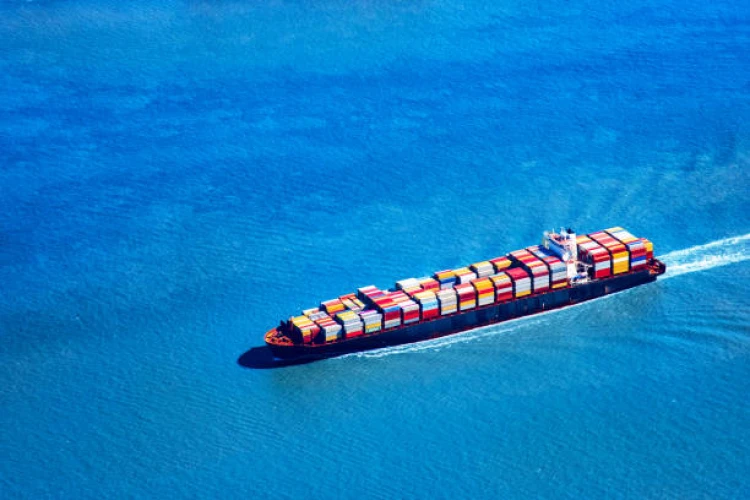
06 January 2025
Hurricane Beryl trims cargo volumes in Houston and New Orleans
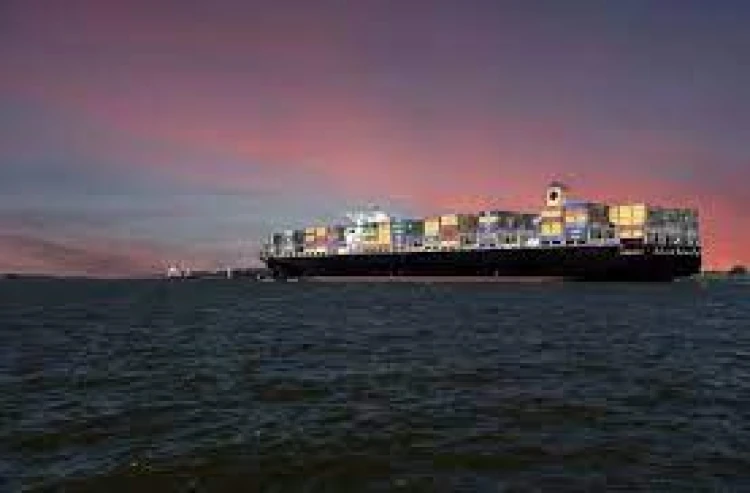
25 January 2025
Container freight rates tumble

08 February 2025
